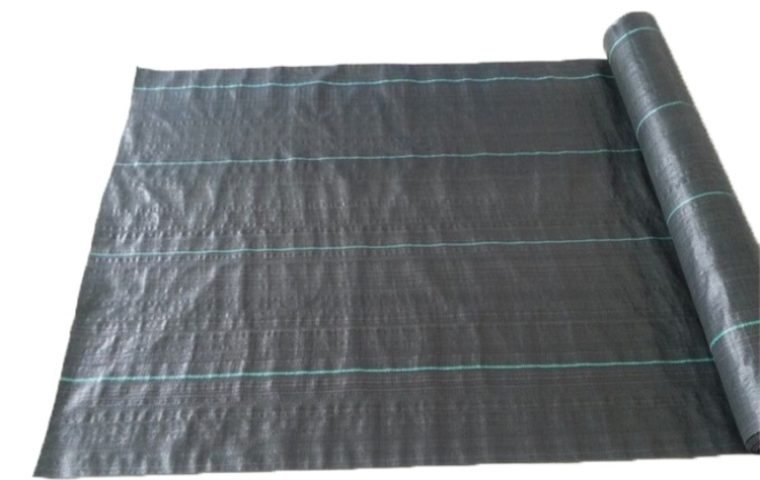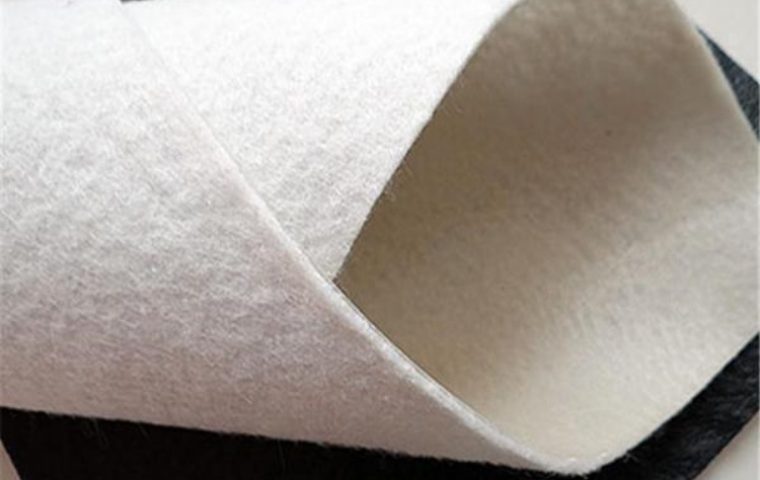Choosing the wrong liner can lead to project failure and massive costs. While they may look similar, picking a tarpaulin for a geomembrane's job is a recipe for disaster.
The real difference is their purpose: a geomembrane is a highly engineered, impermeable barrier for permanent fluid containment in projects like reservoirs and landfills. A tarpaulin is a lightweight, temporary cover for short-term protection from rain or sun, not for containing liquids under pressure.
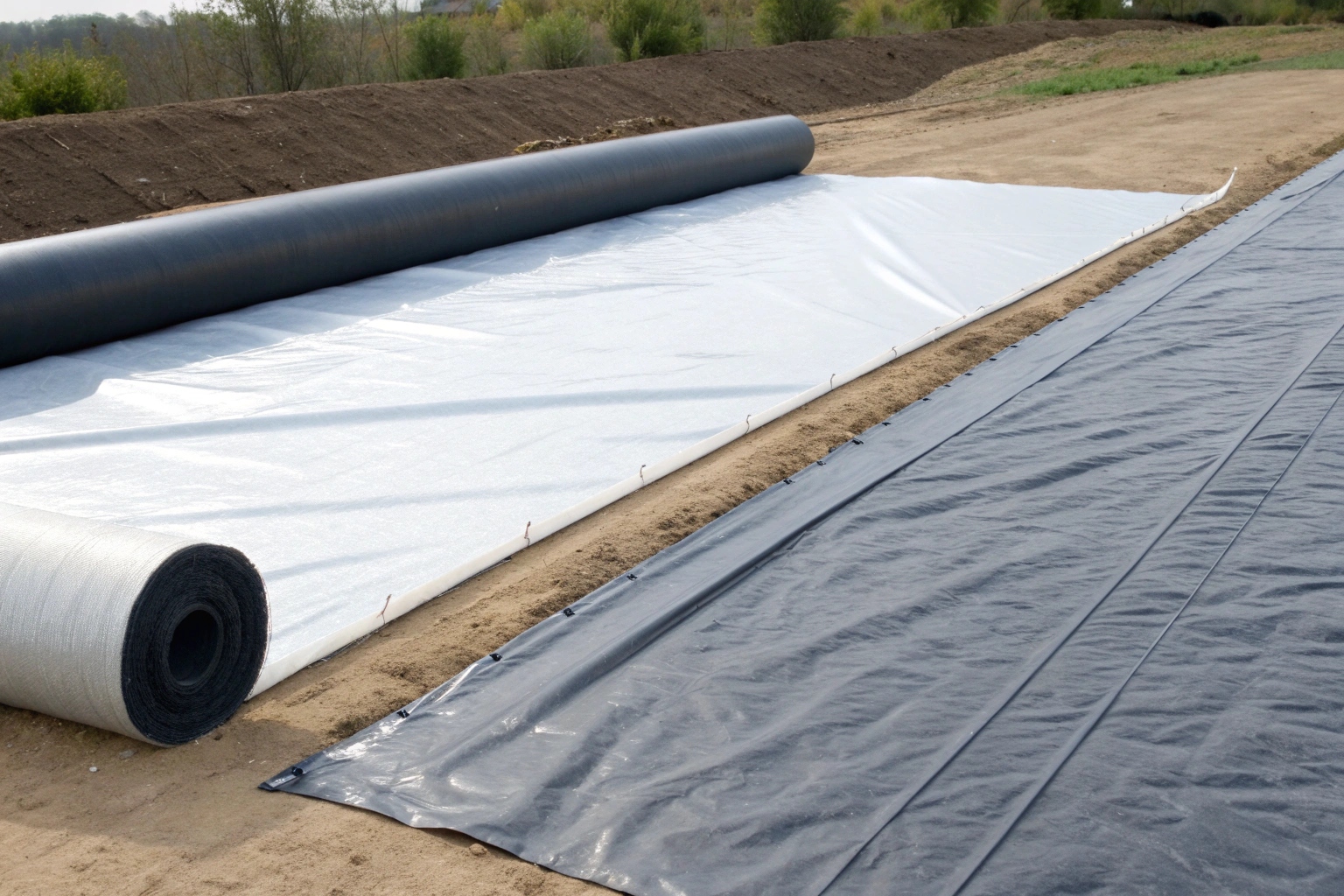
This distinction is critical for any importer, contractor, or project manager. Confusing a temporary cover with a permanent engineering solution can lead to catastrophic leaks, environmental fines, and complete project failure. Let's break down the technical differences so you can make the right choice with confidence.
Why do people often confuse geomembrane with tarpaulin?
It's an easy mistake to make at first glance. This simple confusion can lead to incorrect specifications, failed projects, and costly replacements when the wrong material is ordered and installed.
Confusion arises because both are flexible, waterproof sheets. However, their design, materials, and intended use are worlds apart. Geomembrane is an engineered barrier system, while a tarpaulin is a simple, temporary cover. The difference is in engineering, not just appearance.
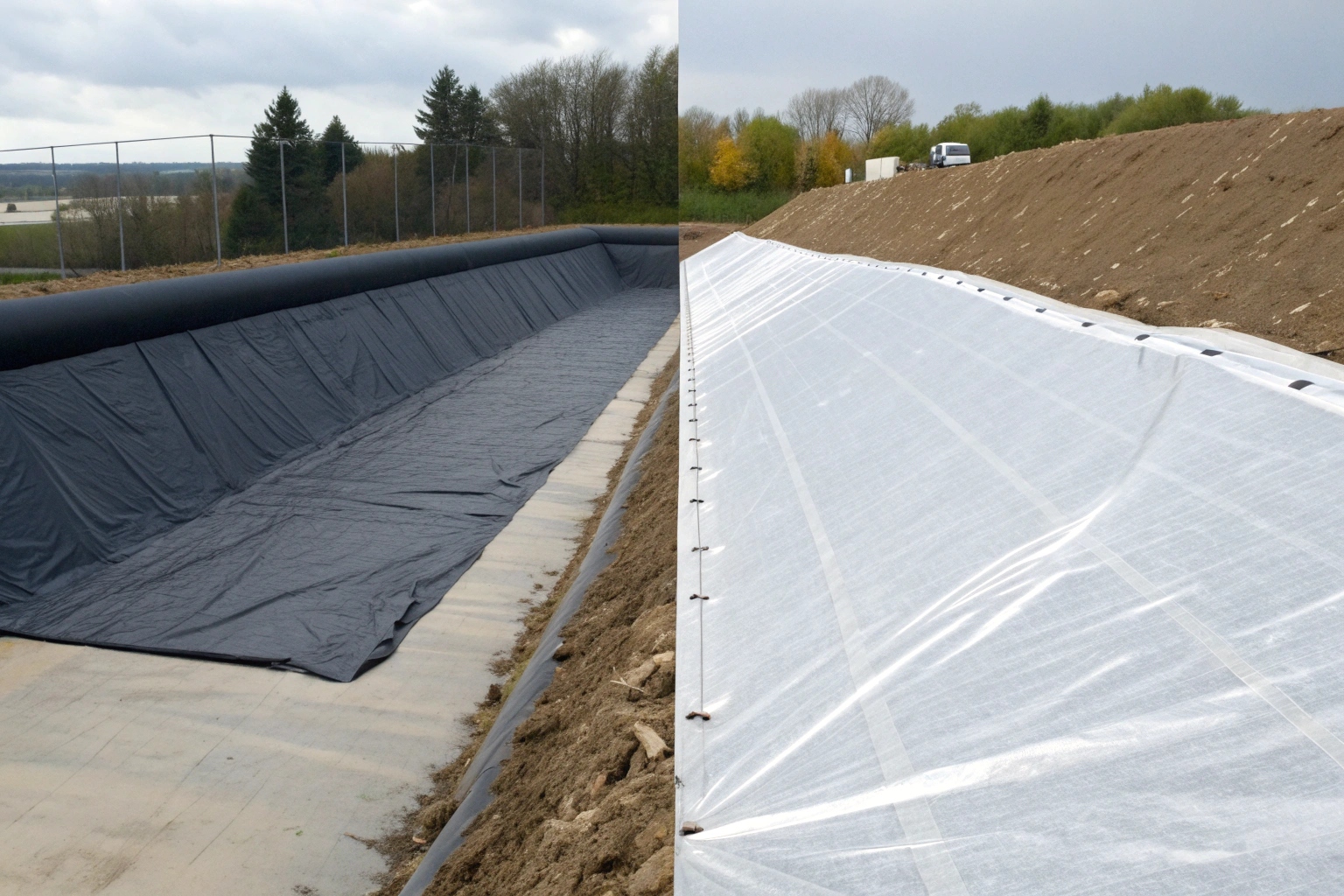
The core distinction lies in their function: one is designed to contain, the other to cover. A geomembrane is engineered to hold back liquids under constant hydraulic pressure for decades, with manufacturing governed by strict industry standards (e.g., GRI). A tarpaulin is made to shed rain or provide shade for a short time, with no standards for long-term containment.
Cover vs. Containment: The Core Functional Difference
| Function | Geomembrana | Tarpaulin (Tarp) |
|---|---|---|
| Primary Job | Containment: To permanently block fluid seepage. | Covering: To temporarily shield from weather. |
| Pressure | Designed for constant hydraulic pressure. | Not designed for pressure; sheds water only. |
| Joints | Welded into a monolithic, leak-proof system. | Overlapped, stitched, or held down with ropes. |
| Application | Reservoirs, landfills, mining ponds, canals. | Cargo covers, temporary roofing, groundsheets. |
Understanding this functional divide is the first step in sourcing the correct material for your project.
How does geomembrane offer stronger durability and chemical resistance than tarpaulin?
Your project's success depends on the liner's ability to withstand site conditions. A material that degrades from sunlight or chemicals will fail, compromising the entire containment system and leading to costly repairs.
Geomembrane's superior durability comes from specialized polymers like HDPE and LLDPE and its greater thickness. These materials contain additives like carbon black for UV stability and are inherently resistant to a wide range of chemicals, unlike the basic PE used in tarpaulins.
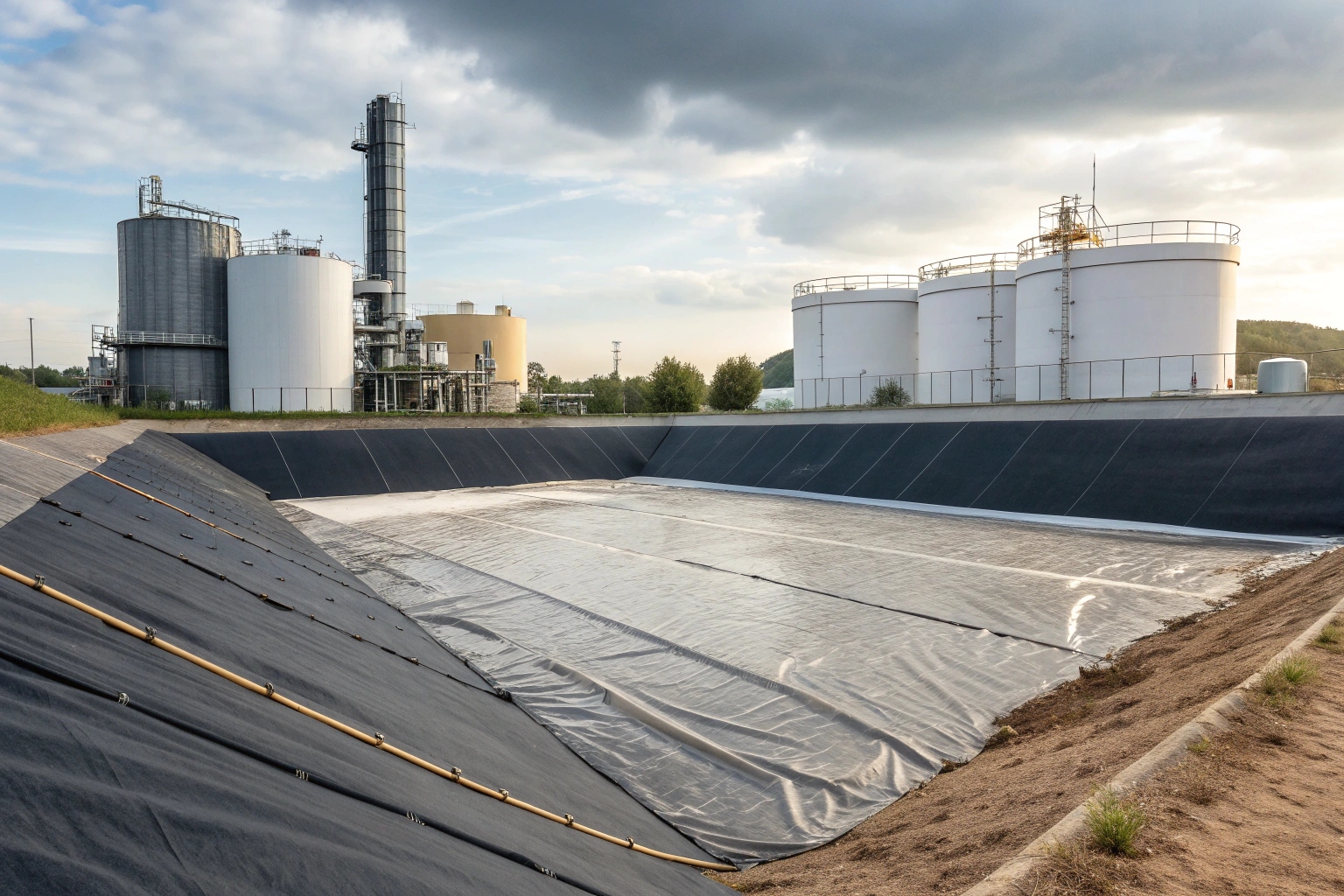
The material science tells the whole story. Geomembranes are formulated for harsh industrial and environmental applications. HDPE, for example, has a dense molecular structure that makes it extremely resistant to chemical attack from acids, bases, and industrial waste. In contrast, a standard tarpaulin is typically made from a thin layer of polyethylene woven fabric, which offers minimal resistance to chemicals and breaks down rapidly under UV exposure. The greater thickness of geomembranes also provides far superior puncture and tear resistance, essential for demanding civil engineering projects.
What’s the difference in service life and performance between geomembrane and tarpaulin?
Investing in a liner requires a clear understanding of its expected lifespan. Choosing a short-term solution for a long-term project means planning for failure and committing to expensive and disruptive replacement cycles.
A geomembrane is engineered for a service life of decades (20 to 50+ years), with performance measured by its certified low permeability. A tarpaulin is a temporary solution with a lifespan of months to a few years, after which it becomes brittle and fails.
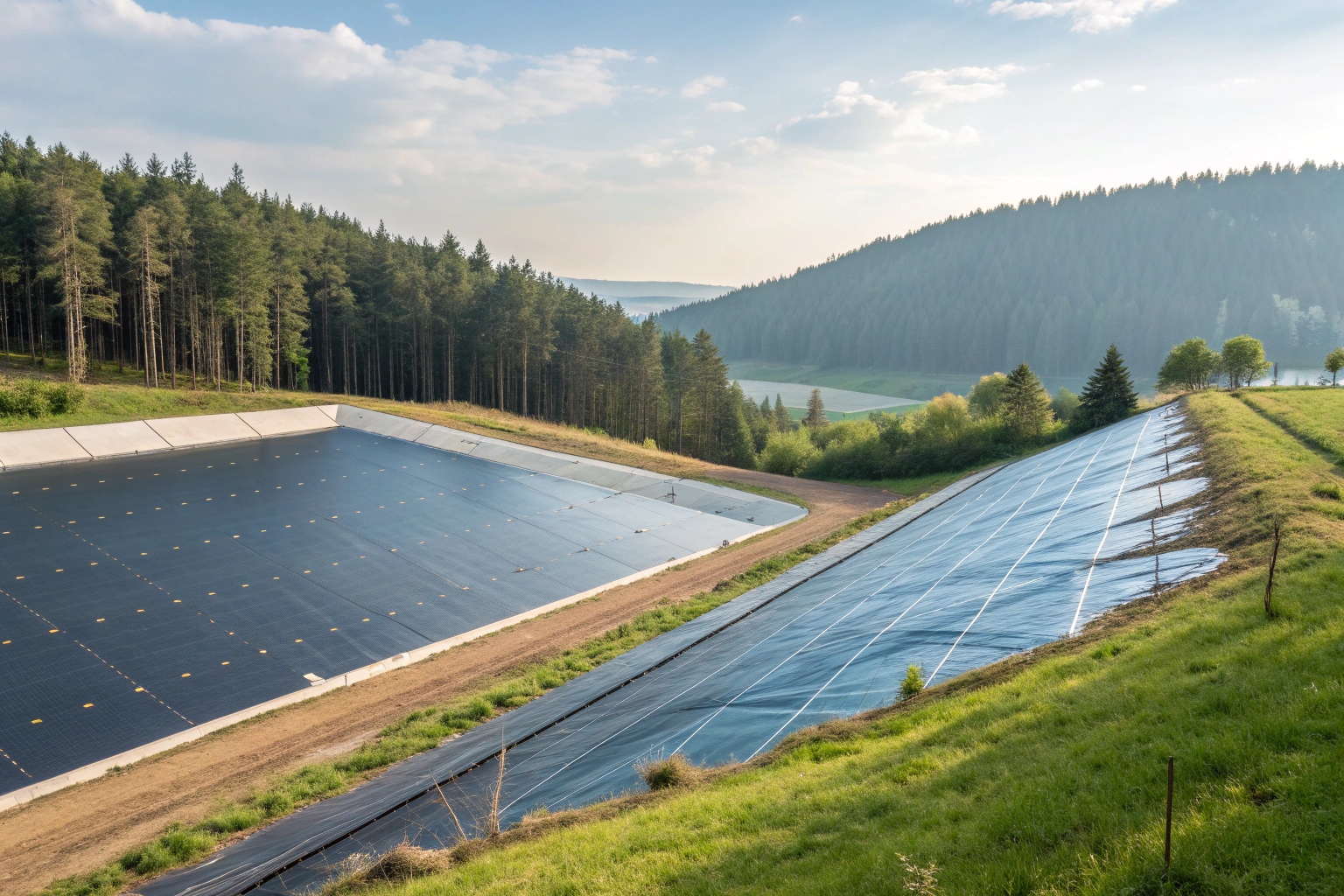
Performance for these two products is measured on completely different scales. Geomembrane performance is a scientific guarantee of containment, backed by international standards. Tarpaulin performance is simply a measure of how long it can keep something dry before it rips or degrades. For any serious B2B buyer, the choice depends on whether you need a disposable cover or a permanent asset.
Performance and Lifespan Head-to-Head
| Metric | Geomembrana | Tarpaulin (Tarp) |
|---|---|---|
| Expected Service Life | 20-50+ years | Months to a few years |
| Permeability | Extremely low (certified) | Low to moderate (not for containment) |
| Seam Strength | As strong as the material itself (welded) | A significant weak point (stitched) |
| Resistência a UV | Excellent (stabilized with carbon black) | Poor to fair (degrades quickly) |
Why should I choose geomembrane instead of tarpaulin for seepage control projects?
The final decision comes down to risk and reliability. Using the wrong material for a seepage control project isn't just a poor choice—it's a critical engineering error that guarantees failure.
You must choose geomembrane for seepage control because it is the only product engineered for this purpose. Its welded seams, high durability, and certified impermeability provide the secure, long-term containment that tarpaulins, with their weak joints and temporary nature, simply cannot deliver.
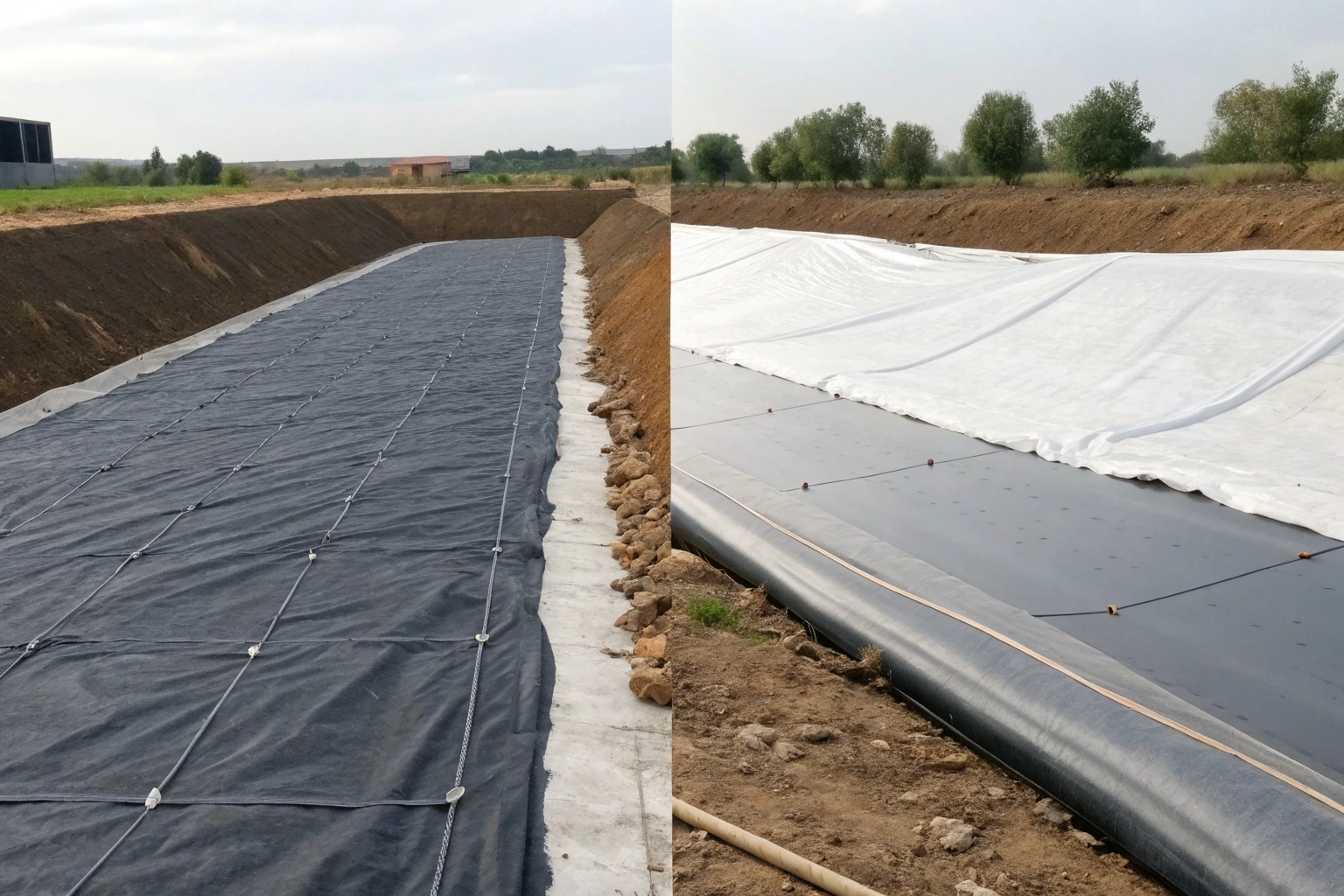
Thinking in terms of total project cost and risk management makes the decision clear. While a tarpaulin has a very low initial purchase price, the cost of its inevitable failure—including cleanup, material loss, and reconstruction—is astronomical. A geomembrane has a higher upfront cost but provides decades of reliable service, making its total lifecycle cost far lower for any serious application. Using a tarpaulin for a reservoir, canal, or containment pond is an unacceptable risk. Always specify the engineered solution for an engineering problem.
Conclusão
For permanent, reliable seepage control, choose an engineered geomembrane. For temporary, lightweight covering, a tarpaulin will suffice. Understanding this fundamental difference is key to your project's long-term success.

